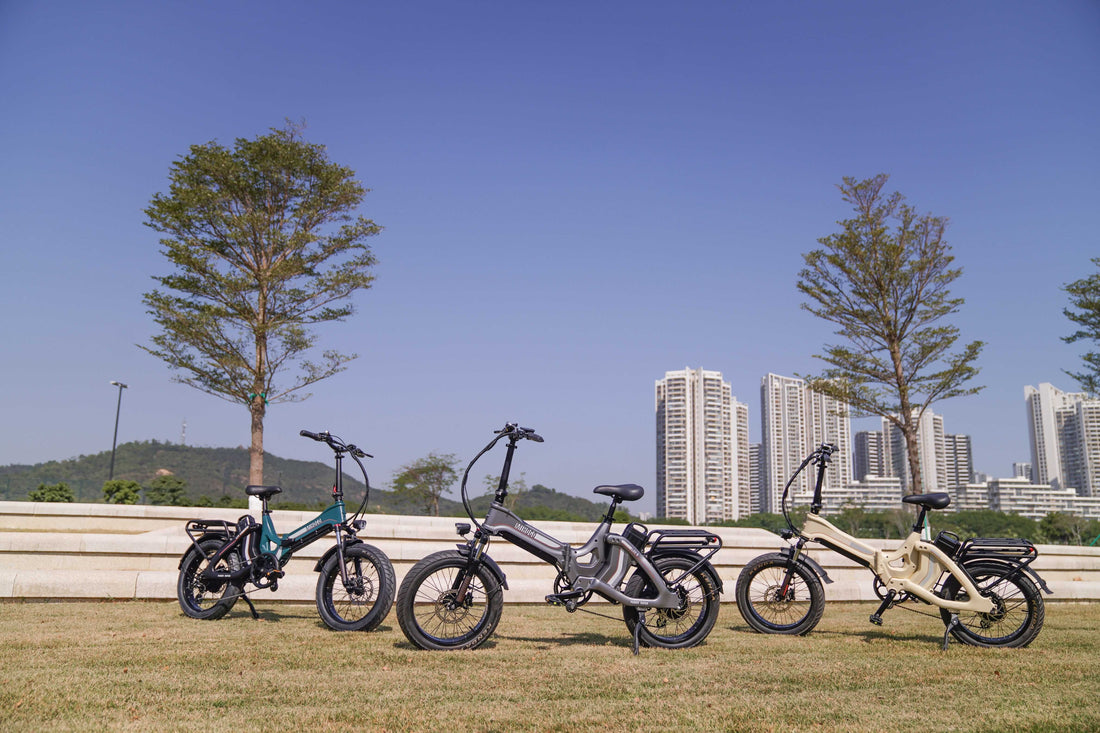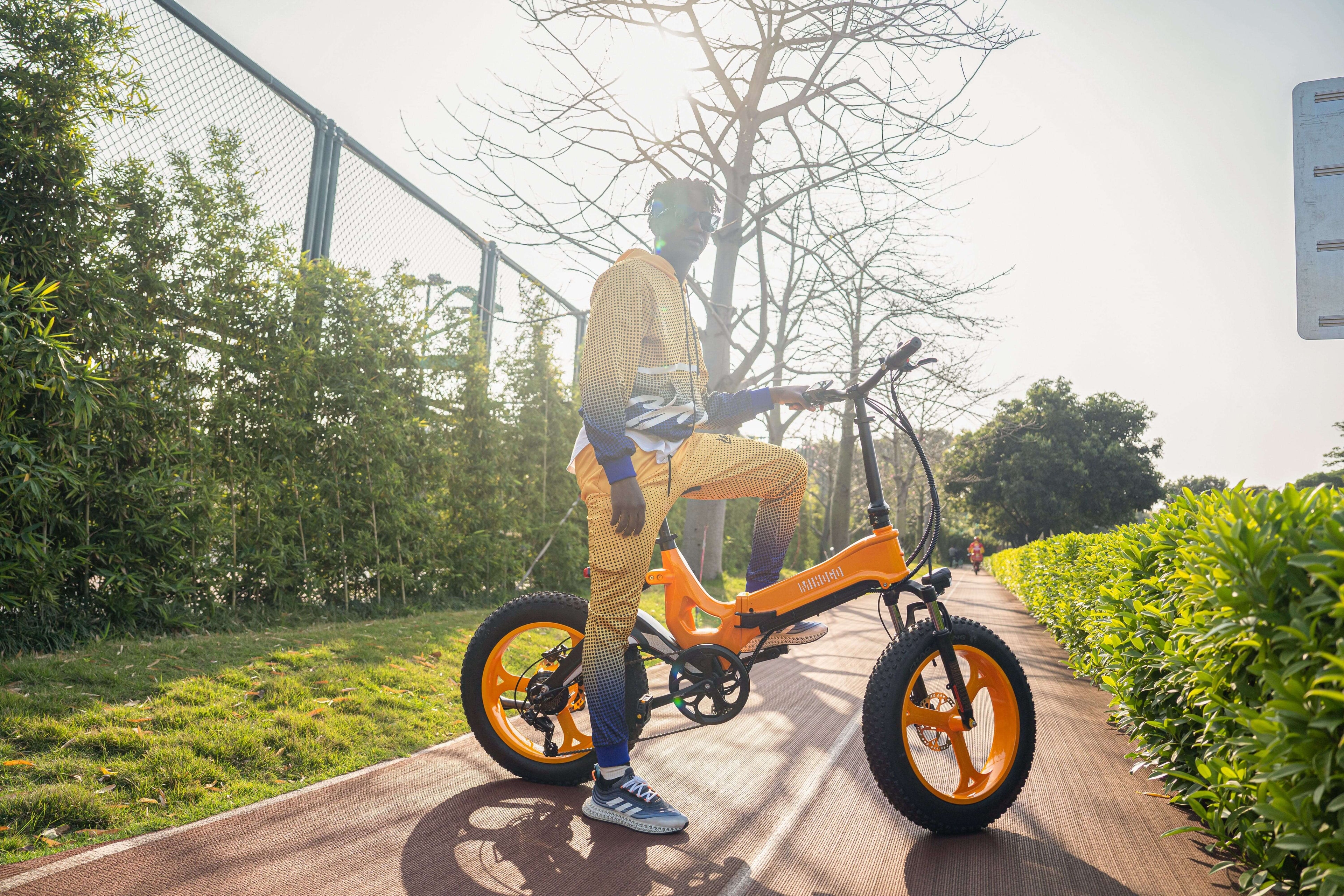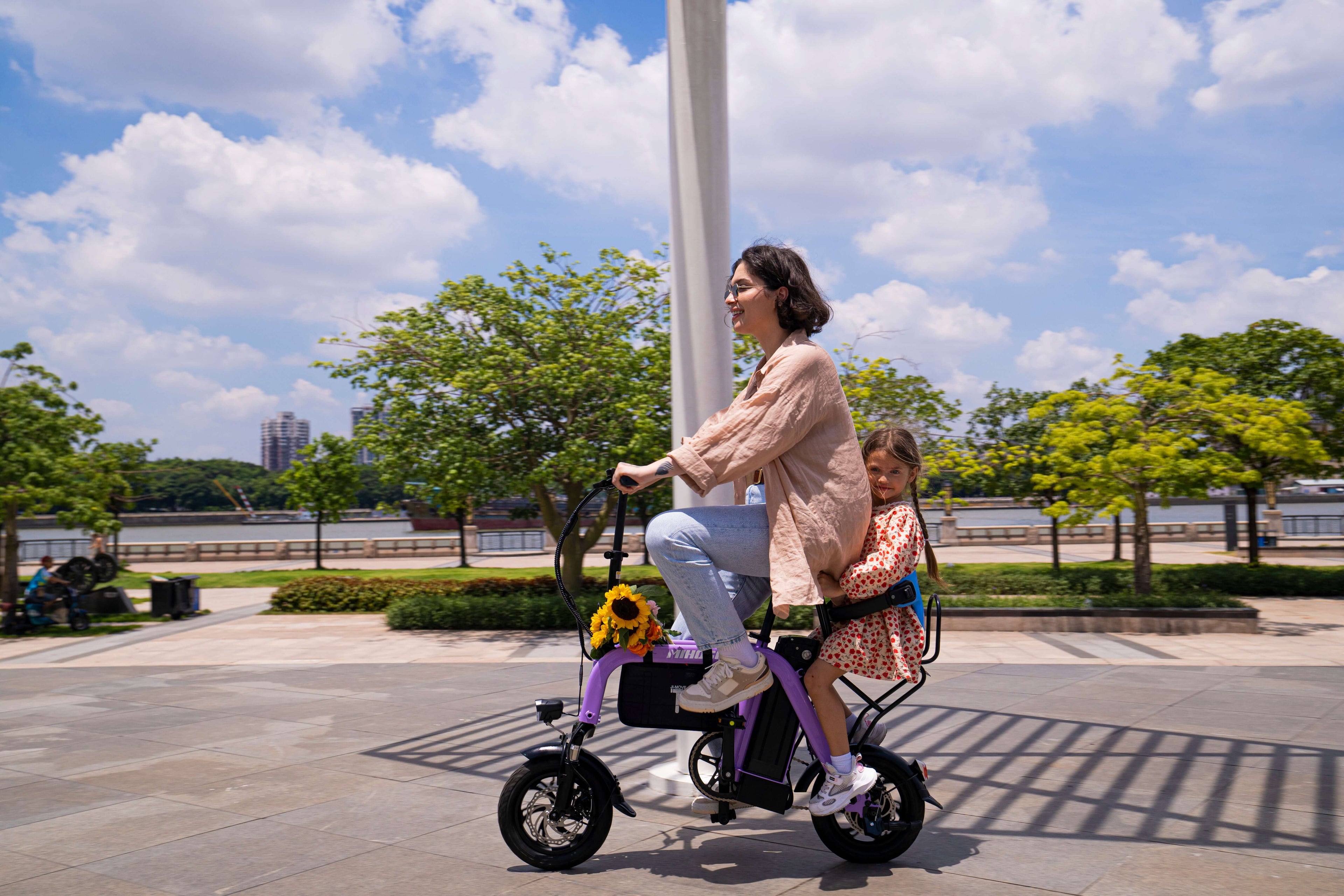Why E-Bike Wilderness Survival Kits Are Essential
Modern electric bikes like the Mihogo lineup offer unprecedented access to remote wilderness areas. Unlike traditional bicycles, e-bikes can cover 40-167 miles on a single charge, taking riders deeper into backcountry where help may be hours or days away. E-bikes excel at utility transportation and allow you to move quietly, making them ideal for emergency situations where conventional vehicles might fail.
The Unique Challenges of E-Bike Wilderness Travel
E-bikes present distinct survival considerations compared to traditional cycling:
- Extended Range: Mihogo e-bikes can travel 40-167 miles per charge, potentially placing you far from civilization
- Electronic Dependencies: Battery failures can leave you stranded without power assistance
- Increased Weight: E-bikes weigh 45-70 pounds, affecting portability in emergency situations
- Higher Speeds: 20-25mph capabilities require enhanced safety gear and longer stopping distances
Essential E-Bike Wilderness Survival Kit Components
1. Power and Electrical Emergency Gear
Portable Solar Charger: A 20W+ solar panel compatible with your Mihogo battery system ensures you can recharge even in extended wilderness scenarios.
Power Bank: High-capacity 20,000mAh+ power bank for emergency device charging and backup power for essential electronics.
Battery Diagnostic Tools: Digital multimeter to check battery health and identify electrical issues with your Mihogo e-bike's 350W-750W motor systems.
2. Mechanical Repair and Maintenance Kit
Multi-Tool: Heavy-duty bicycle multi-tool with allen keys, screwdrivers, and chain tools compatible with your specific Mihogo model's components.
Tire Repair Kit:
- 2-3 spare inner tubes appropriate for your Mihogo's wheel size
- Tire levers
- Patch kit for multiple repairs
- Portable electric pump (30-minute charge models work well)
Chain and Drivetrain Maintenance:
- Chain links and pins
- Lubricant suitable for various weather conditions
- Cable repair kit for brakes and shifting
3. E-Bike Safety Equipment
Enhanced Helmet System: NTA 8776 certified e-bike helmet with MIPS technology, designed for speeds up to 28mph that your Mihogo Air750 Max can achieve.
High-Visibility Gear: LED-integrated jacket with reflective elements, especially important given e-bikes' quiet operation in wilderness areas.
Protective Eyewear: Shatterproof cycling glasses with photochromic lenses for variable lighting conditions during extended rides.
Wilderness Survival Essentials for E-Bike Touring
4. Navigation and Communication
GPS Device with Emergency Beacon: Satellite communicator with GPS tracking capabilities for emergency rescue coordination.
Backup Navigation: Compass and waterproof topographic maps of your riding area as electronic backup.
Emergency Whistle: Loud, pealess whistle for audible signaling when vocal calls aren't sufficient.
5. Shelter and Weather Protection
Emergency Shelter: Lightweight emergency bivvy or tarp (under 1 pound) that packs into small bike bags.
Space Blanket: S.O.L. Heavy Duty Emergency Blanket provides 40 square feet of coverage and weighs only 7.9 ounces.
Weather Protection: Waterproof clothing layers and wind protection suitable for your riding climate.
6. Water and Food Emergency Supplies
Water Purification: Water treatment tablets - each aqua tab can treat 1 liter of water in 20 minutes, with twenty tabs being a good quantity for personal wilderness survival.
Water Storage: Collapsible water containers and filtration straw for emergency hydration.
Emergency Food: High-calorie emergency food with 8 servings of brown sugar maple oatmeal and other quick-preparation options.
Mihogo E-Bike Specific Survival Considerations
For Long-Range Models (MIHOGO ONE Utility - 167 Mile Range)
When riding the MIHOGO ONE Utility EBIKE with its exceptional 167-mile range, you're capable of reaching extremely remote locations. Your survival kit should include:
- Extended food supplies (3-day minimum)
- Additional battery charging solutions
- More comprehensive first aid kit
- Enhanced shelter options for overnight scenarios
For Compact Models (Mihogo Mini - 62 Mile Range)
The Mihogo Mini's 62-mile range and compact design make it ideal for day adventures, but still requires essential safety gear:
- Lightweight survival kit under 2 pounds
- Focus on emergency signaling devices
- Compact repair tools specific to folding mechanisms
- Quick-deployment emergency shelter
For High-Performance Models (Mihogo Air750 Max - 121 Mile Range)
The carbon fiber Air750 Max's 25mph top speed and 121-mile range require enhanced safety considerations:
- High-speed impact protection gear
- Extended-range communication devices
- Performance tire repair kit for various terrains
- Weather protection suitable for high-speed riding
First Aid and Medical Emergency Preparedness
Trauma-Equipped Medical Kit
A trauma-equipped medical kit is essential when you're potentially hours from medical help. Your e-bike wilderness first aid kit should include:
Wound Care:
- Sterile gauze and medical tape
- Antiseptic wipes and antibiotic ointment
- Emergency sutures or butterfly bandages
- Instant cold packs for injuries
Medications:
- Pain relievers (ibuprofen, acetaminophen)
- Anti-inflammatory medication
- Personal prescription medications
- Antihistamines for allergic reactions
Emergency Tools:
- EMT scissors
- Tweezers for splinter removal
- Digital thermometer
- Emergency blanket for shock treatment
Fire Starting and Signaling Equipment
Multiple Fire Starting Methods
Primary: Waterproof matches in sealed container Secondary: Lighter with wind protection Backup: Ferro rod and striker for wet conditions Tinder: Dryer lint or petroleum jelly cotton balls
Emergency Signaling Devices
Visual Signals:
- Signal mirror for daytime rescue
- Emergency flares for low-light conditions
- Bright orange surveyor's tape for trail marking
Audio Signals:
- Whistle (three sharp blasts = universal distress signal)
- Air horn for long-distance signaling
Weight Distribution and Storage Solutions
Optimal Kit Organization for E-Bikes
Frame Bags: Store frequently-accessed items like snacks and basic tools in triangle frame bags.
Panniers: Distribute heavier survival gear across rear panniers to maintain bike balance.
Handlebar Bags: Keep navigation tools and emergency communication devices easily accessible.
Under-Seat Storage: House tire repair kits and multi-tools in quick-access seat bags.
Emergency Protocols for E-Bike Wilderness Adventures
Pre-Ride Safety Planning
- Route Planning: Share detailed route information with emergency contacts
- Weather Assessment: Check extended forecasts and adjust gear accordingly
- Battery Management: Start with fully charged batteries and plan charging stops
- Emergency Contacts: Program local emergency services and park ranger numbers
During-Ride Safety Protocols
- Regular Check-ins: Establish communication schedule with emergency contacts
- Battery Monitoring: Track power consumption and adjust assistance levels accordingly
- Weather Monitoring: Watch for changing conditions and seek shelter when necessary
- Route Adjustments: Be prepared to modify plans based on conditions or mechanical issues
Emergency Response Procedures
Battery Failure Protocol:
- Assess remaining manual pedaling capability
- Contact emergency services if unable to reach safety
- Prepare for extended stay if rescue is delayed
- Conserve body heat and energy
Mechanical Failure Response:
- Attempt field repairs using survival kit tools
- Assess walking distance to safety
- Signal for help if unable to continue
- Prepare survival shelter if overnight stay required
Seasonal Adaptations for E-Bike Survival Kits
Summer Wilderness Modifications
- Enhanced sun protection and cooling accessories
- Increased water carrying capacity
- Heat-related illness prevention supplies
- Extended battery life considerations in high temperatures
Winter Emergency Additions
- Cold-weather battery management tools
- Enhanced insulation and warming supplies
- Traction aids for icy conditions
- Extended emergency shelter capabilities
Maintenance and Kit Updates
Regular Equipment Checks
Monthly Inspections:
- Battery levels in electronic devices
- Expiration dates on medical supplies
- Condition of emergency food supplies
- Function tests of signaling devices
Seasonal Updates:
- Weather-appropriate clothing adjustments
- Route-specific gear modifications
- Technology updates and replacements
- Skills practice and training refreshers
Technology Integration for Enhanced Safety
Modern E-Bike Safety Technologies
GPS Tracking: Real-time location sharing with emergency contacts through smartphone apps.
Crash Detection: Automatic emergency alerts triggered by sudden impacts or falls.
Weather Integration: Real-time weather updates and severe weather warnings.
Battery Monitoring: Predictive range calculations and low-battery alerts.
Conclusion: Prepared Adventures Are Safe Adventures
Wilderness e-bike adventures offer incredible freedom and access to remote natural areas. Your Mihogo electric bike—whether it's the long-range MIHOGO ONE Utility EBIKE, the versatile Air750 Max, the compact RX 2.4, or the nimble Mini—can take you places traditional bikes cannot reach. However, this expanded capability requires proportionally enhanced emergency preparedness.
A comprehensive e-bike wilderness survival kit isn't just about equipment—it's about mindset, preparation, and respect for the environments you're exploring. The most immediate danger in many survival situations isn't wild animals or running out of food—it's exposure. Your survival kit should prioritize shelter, signaling, and safety while supporting your e-bike's unique needs.
Remember: A wilderness survival EDC isn't about carrying cool gear; it's about having the right essentials when things go sideways. Start with the basics, practice using your equipment, and gradually build your survival skills alongside your gear collection.
External References:
- Wilderness Survival Kit Essentials - Expert survival gear recommendations
- E-Bike Emergency Preparedness - Wikipedia overview of emergency planning
- Survival Gear Reviews - Professional gear testing and reviews








